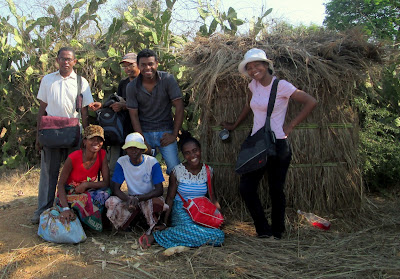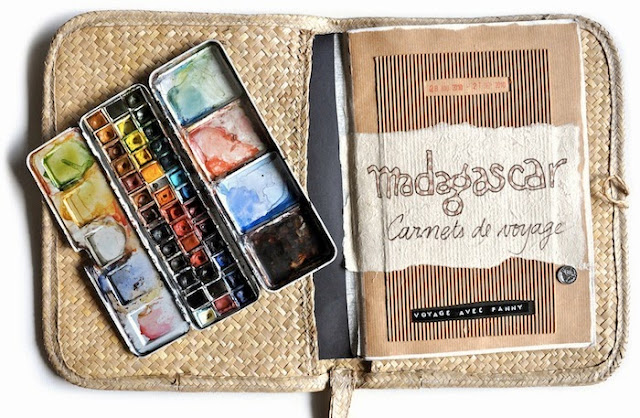Death of a Friend
I have been to a few young adult funerals over the years and
they are especially hard, but none were quite like this one.
I arrived at church late yesterday and knew something was
off. We were scheduled to dedicate the
building of the new church, but when I pulled up everything was very quiet, I
wasn’t sure anyone was even at the church.
Just before I entered the building one of the girls called my name to
stop me. I was amazing that she knew my
name, and even more amazed that she spoke to me in English. I knew her as the children’s Sunday school
teacher, but hadn’t really talked to her before. She began to say that someone had died. I quickly joined her and we sat together on
the ledge outside the church wall. She told me that Orland had died. It took me a few seconds to register who she
was talking about. Then it hit me. Orland, the guy who was with our group when
the church went on mission to the south to build a toilet, the guy who leads
the worship each Sunday at church, the guy who faithfully teaches the children
on Saturdays during the church’s children’s program, had died. Even still I can’t believe he is gone.
Orland is in the white hat above and on the very right below
Over the next few hours I got bits and pieces of how he died
and finally understand that a group of 6 young adults (two married and two not)
went to the Grotto near Sarandrano.
(taken by me at the Grotto a few month ago)
The
Grotto is a large pool set in the rocks near the ocean on the coast of a local peninsula. When the tide is in the Grotto can fill up
covering the stepping stones, or when the tide is lowered the rocks are exposed
to climb on, but they can often be slippery.
The story follows that the three girls slipped and pulled each other
into the water. Since the girls don't know how to swim
one of the guys went in after his wife.
However, not knowing how to swim himself, when he finally got his wife
out he was exhausted and knew he needed help.
When he ran for a local Orland went in after the other two girls. Desperate to breath the girls struggled
against Orland to get to the top.
Finally, they passed out and the locals were able to pull them out. Unfortunately, in that amount of time Orland
had sunk to the bottom. A local on a
bike stopped and was able to dive in and pull Orland out. Rather than do CPR on him as they had done
for the girls they rushed him to the local clinic, but by the time they got
there it was too late.
A good friend of Orlands and a girl I have gotten close to
joined me and the Sunday school teacher on the stoop outside the church and I
cried. When I gained composer the girls
explained that Orland’s parents were in the church and after the service we
would all go to the funeral. Knowing
that the custom is for women to wear a wrap around their waist as a skirt I
asked if there was an extra wrap for me to wear. Once Robin had borrowed one for me we went
into the church. As I got ready to text
the other missionary who attends our church he filed in behind me and we
quietly compared notes. I would later be
thankful to have someone who could explain what was going on and to advise
me.
We sat for about 30 more minutes and I thought people were
taking turns giving testimony about Orland, after we all filed out one of the
young adults used his English to explain that Orland was part of the Tanalana
tribe. These people believe that the
person is not fully dead until the family is able to kill a cow and spill its
blood, then the spirit of the dead person leaves the body allowing his body to “die.” Non-Christian families like Orlands often
expect the church to pitch in for the purchase of the cow. Since this is not Biblical, rather than giving
testimony about Orland during the service, the church members were actually
taking turns discussing what to do. I
found out later that thankfully Orland’s parents were not being pushy, instead
they waited for the church to decide how they could help. All but one member agreed that they could not
buy the family a cow because they know that Orland’s spirit had already gone to
heaven. Instead they felt they could
give a gift to the family. Knowing that
the family would buy the cow themselves the church said they would go to the
beginning of the funeral to pray for the family, give the gift, and then
leave. After the family had done the ceremony
they felt necessary the church would return for the remainder of the funeral
events.
As this point it is important that I explain funerals in Mada. Here in the south they last
three days. This is because the people
want to give the spirit time to leave the body and make sure that the person is
actually dead. I can’t help see the
parallel to Jesus’ death and resurrection after three days. If the Malagasy believe that the spirit is gone
by the third day and body if finally dead, the miracle of Jesus’ resurrection is
all the more amazing. It shows God’s
power all the more. In the bush villages
will wait months before burying a body because they want to give everyone the opportunity
to travel to the funeral. When someone
dies the family quickly puts up a shelter outside their house because their
friends and family will come and sit outside the house for a designated amount
of time. The shelter is usually large
poles holding up a large tarp. Because
of the rain, there was also a large tarp on the ground. The shelter is not as necessary in the winter
when the sun isn’t betting down, but with the rain and sun the tarp was much
needed yesterday.
On the first day of
the funeral people will stay all day.
The church members arrived after the debrief at 11:00 and left around
12:00 with the plan to return at 3:00 for the all-night vigil. I learned that the family will not sleep
until the body has been laid to rest on the third day. The close relatives and the closest friends
will stay up with them the first night.
Some will also stay all of the next day to help with meals and then everyone
will return for a few hours later in the day.
The burial takes place the third day and everyone starts back at the
house on that third day.
If you think about it there are similarities between the
Mada funerals and the American funerals, especially those from 50 years
ago. I know my grandpa’s funeral was in
our “family home.” During a wake like my
grandpa’s, which is like the first two days of a Mada funeral, people came to
the house to “pay their respects.” In America the funeral follows the wake but in Mada it sounds like it is on the first day for the
Malagasy. In both cases the processional to the grave site follows. The
elements are the same, the Malagasy just do it over three days instead of
two. Although, I have heard of Americans who have
had a wake on one day and then waited until a weekend for the actual
funeral.
I think the major difference is
that Americans use a funeral home. The
fact that the funeral is at the home gives testament to the Malagasy was of
life. People are very social here. They drop by each others houses and just
visit without appointment. They are very
use to just sitting with one another so sitting outside of someone’s house for
hours during makes a lot of sense. The
Malagasy “wake” isn’t about shaking hands, sharing a sentiment, or saying “goodbye”
to the body, as we do in America. It is
just about sitting “with” the family.
As I prepare to attend the wake this afternoon I pray for
the family to understand their son’s faith.
I have been praying that God’s Name would receive glory because of the
life of His child who is now with Him. I pray
that the eyes of those in attendance would be opened to a new way as the church
members share songs during the time together today.





Praying for you Bethany! May God's light shine through you and the church to the family.
ReplyDeletePraying for the church, family and friends. "Greater love has no one than this, to lay his life down for another"
ReplyDelete